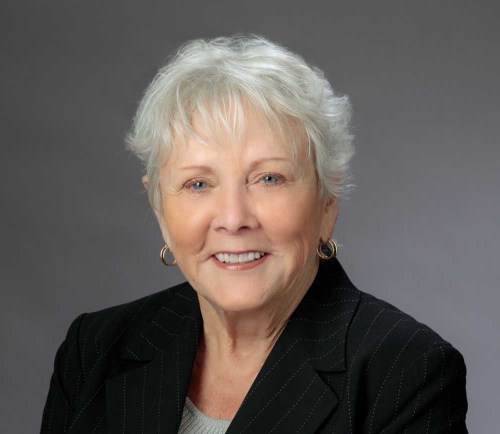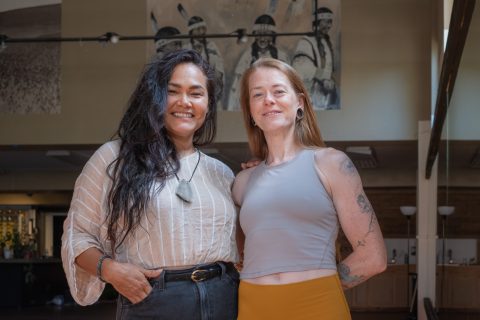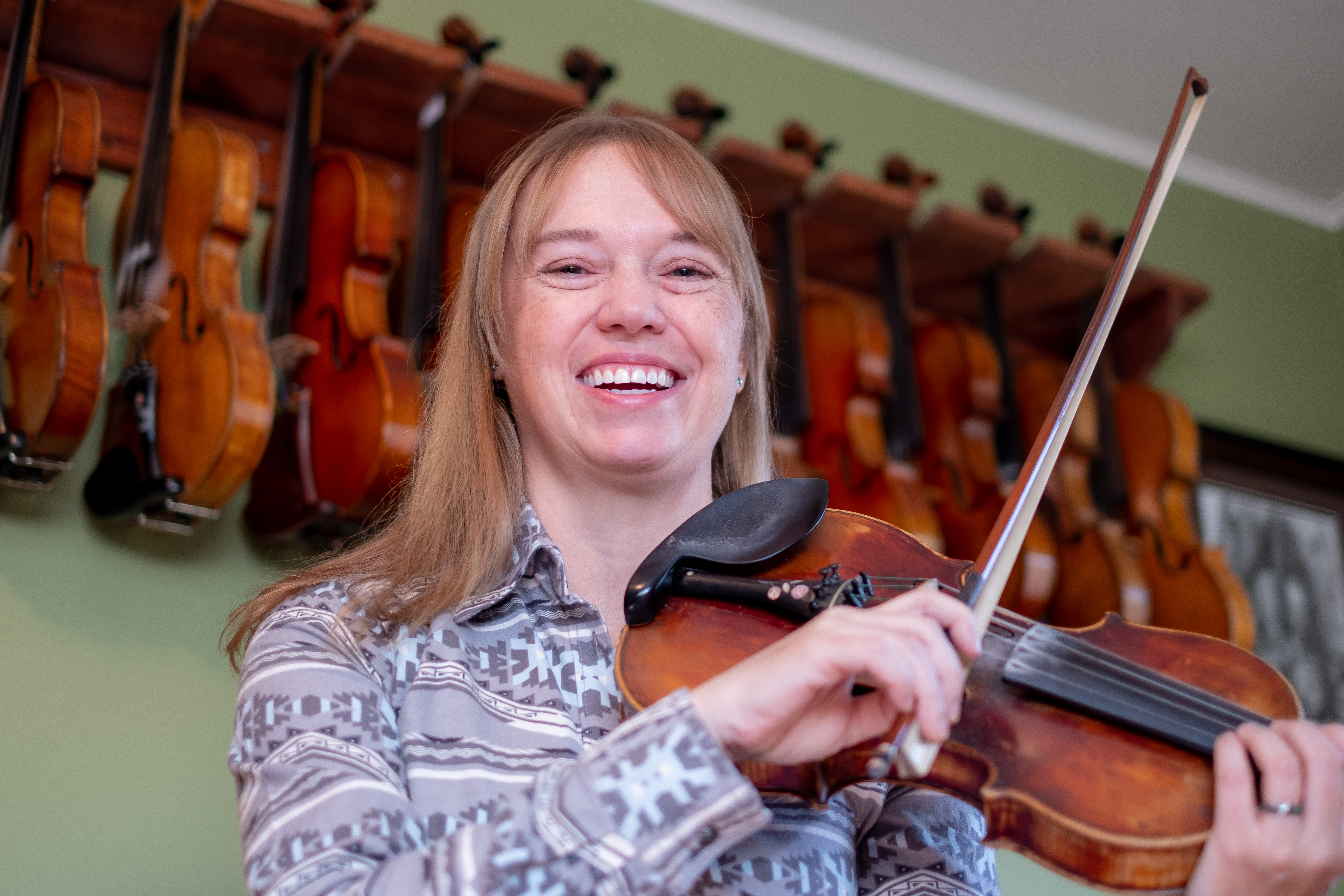Bev Clarno: Departing secretary of state reflects on public service
Published 2:00 pm Monday, January 4, 2021

- Bev Clarno was one of just two people — and the only woman — to lead Republicans in both chambers of the Oregon Legislature.
SALEM — When Bev Clarno published her memoir four years ago, she figured her public life was over long ago.
She was one of just two people — and the only woman — to lead Republicans in both chambers of the Oregon Legislature. She was a presidential appointee to a federal agency, and served one year as a Deschutes County commissioner, which allowed her to stay close to home near Redmond.
Trending
Entering her 80s, she had had four children, six grandchildren and three great-grandchildren — and she intended her memoir, “From Pigs to Politics,” to tell her story and to inspire them.
But for most of the past two years, which ended on Monday, Jan. 4, Clarno was busy adding chapters to her public life as Oregon secretary of state.
She was appointed by Democratic Gov. Kate Brown a month after Republican Dennis Richardson, who was elected in 2016, died of cancer in February 2019. State law required Brown to appoint a Republican successor — and Brown had led Democrats while Clarno led Republicans when the Oregon Senate was tied 15-15 in 2003.
“I may have to add another chapter or two,” Clarno said with a laugh during an interview. “But I doubt I will publish another book.”
As was the case in 2015, when Secretary of State Brown became governor upon the resignation under pressure of John Kitzhaber, Brown sought an appointee who would not seek a full term in the next statewide election.
“But she never even asked me that. At my age, she must have assumed I would not run,” Clarno said. “I had a lot of people ask me if I would. But campaigning is not a job description I want to do at this point in my life.”
Trending
Now 84, Clarno took office a year before the coronavirus pandemic, which did have the effect of allowing her to run her office from her home in Central Oregon.
“Who would think that at age 83, you would have to learn how to do Zoom meetings?” Clarno said.
The secretary of state is the chief elections officer — although elections are conducted by Oregon’s 36 counties — and oversees audits. As an appointee, however, Clarno was not next in line for succession as governor.
“I am glad I had the opportunity and I am glad to see how a state agency functions from the inside,” Clarno said. “I am proud of all the people who work there and do a good job.”
Shemia Fagan of Portland, a Democratic state senator, succeeds Clarno.
A passion for audits
From her early days in the Oregon House, where she criticized spending she considered wasteful — particularly in the former Adult and Family Services Division — Clarno took on the role of public watchdog. At the start of her two-year stint as Oregon House speaker in 1995, Clarno was not shy about criticizing spending by the Oregon Economic Development Department during the Oregon Ducks’ appearance in the Rose Bowl.
“I still believe we should be careful in how we spend hard-working Oregonians’ tax money,” she said. “A lot of agencies do not understand that the people paying their salaries are people who sometimes need help.”
But Clarno also praised the work by the Audits Division, which is part of her office. Under the Oregon Constitution, the secretary of state oversees financial audits to ensure that money is spent properly, and under a 1987 law, is empowered to conduct performance audits of agencies.
Clarno said that if she had her way, legislators beyond those who sit on the joint audits committee need to pay attention. For example, she said, several state audits have detailed problems with the Employment Department’s computer modernization project before they surfaced last spring during the crush of unemployment claims.
“In fairness to legislators, there is not always time to read through an audit. But it should be done,” she said. “In those (party caucus) meetings, they would get an education about what the audits found out in their audits.”
‘Try it, you might like it’
Clarno drew critics when she did not forcefully rebut accusations by President Donald Trump and others, mostly Republicans, about the use of mail-in ballots.
Oregon has conducted all statewide elections by mail for 20 years, and for local elections years beforehand going back to 1981. Clarno was House speaker — and Republicans had majorities in both chambers — when the Legislature passed a statewide vote-by-mail bill in 1995. (But then-Gov. Kitzhaber vetoed it, citing a lack of public process. Voters passed it by a ballot initiative in 1998.)
Four other states had followed Oregon’s lead before the 2020 election.
But the critics were silenced when, on an appearance June 28 on “60 Minutes,” the long-running CBS News program, Clarno said her response to vote-by-mail critics was: “Try it, you might like it.”
She said that of Oregon’s 2 million ballots cast for president in 2016, only about 20 cases were detected of people trying to cast ballots in two states.
Clarno said it took Oregon years to perfect the system.
“I think the problem nationally was that too many states tried to become a vote-by-mail state overnight,” she said. “If you do not have signature verification, I do not know how you would know for sure if your ballots were used properly or misused. We’ve had 20 years of taking all the necessary precautions we need to do to have a good system.”
Clarno was drawn into another controversy right after the Nov. 3 election, when she fired Steve Trout, who had planned to leave as Elections Division director by Dec. 15. Trout was originally hired in 2009 by Brown, who fired him in 2013, but returned when Richardson hired him in 2017.
Trout had sent a letter to the candidates seeking to succeed Clarno. He warned of deficiencies, including a need to replace the 14-year-old ORESTAR system that tracks campaign contributions and expenditures.
“I did not see it until after he sent it to the candidates, which was totally inappropriate,” Clarno said.
She said he covered many of the same points during a March 6 appearance at the House Rules Committee, which has authority over election laws.
“He testified that the current system was safe and satisfactory, but it was old and we needed to replace it,” she said. “I was troubled by his change of attitude.”
‘You just do it’
As she leaves public office, Clarno said she is troubled by a couple of things.
Although political tensions have long split the Portland metro area and the populous Willamette Valley from the rest of the state, Clarno believes they have worsened, particularly on environmental issues.
“I do not believe the environmental movement today is servicing anybody except the legal community,” Clarno, who was born on the south coast and has lived mostly in Central Oregon, said. “There is not much credibility with an agenda that seems to go in a direction Portland is taking us in and assumes that we all have to go along happily. Rural Oregon is not going to heal until we have a better understanding of what they are doing to the rest of Oregon.”
When Brown announced her appointment as secretary of state, Clarno said she was congratulated by senior legislators from both parties. One of them was Peter Courtney, a Democrat from Salem who was thrust into the Senate presidency in 2003 as part of a power-sharing agreement. He got the job when some of Clarno’s Republican colleagues said they did not want it to go to Kate Brown, the Democratic leader.
For Clarno, it was a favor returned. After she as House speaker faced down a revolt in her own Republican ranks in the 1995 session, it was Courtney who offered her support from the 26 House Democrats.
So Clarno said she was dismayed to hear the public criticisms by some Democrats of Courtney, now the longest-serving legislator and Senate president.
“I do not approve of people who have treated him that way after he has given so much of his life to public service,” she said. “Being in leadership is not easy. There’s always somebody trying to bite you on the back side.”
Still, she said, public service has been worth it for her — even if she took time away from seeing her grandchildren, including a grandson who is 13.
“Maybe he understands that if Grandma wants to do something that is the right thing to do for public service, you just do it,” she said.









